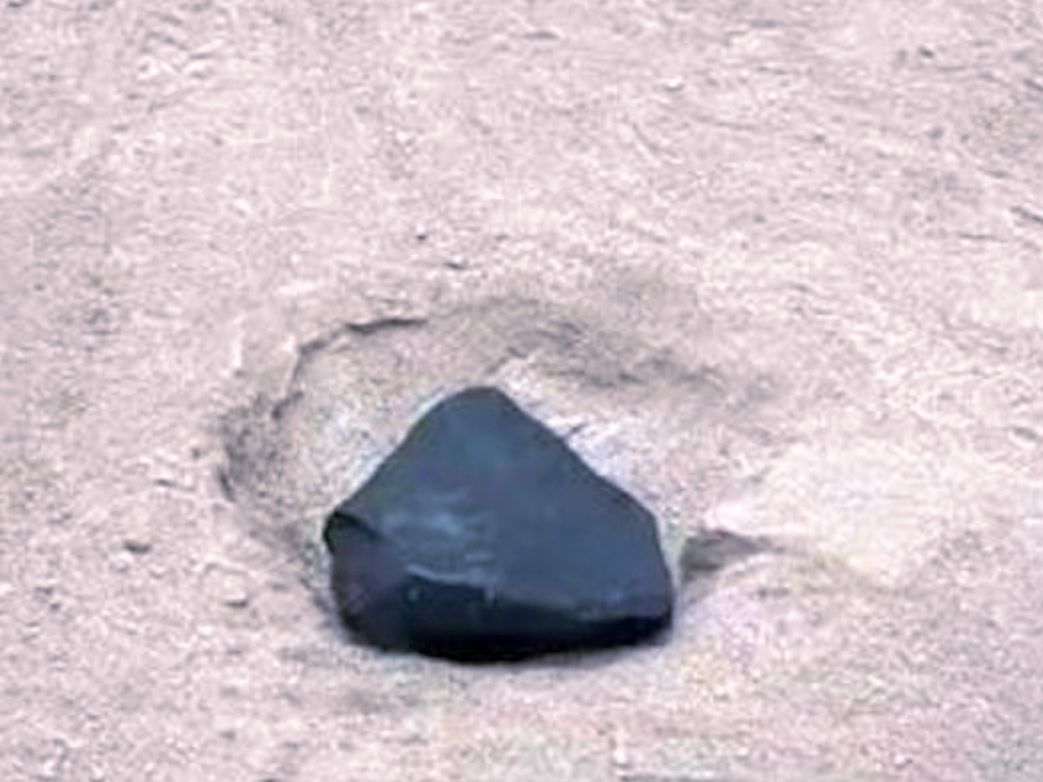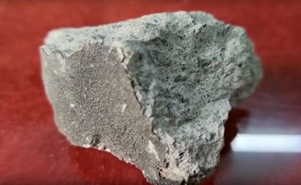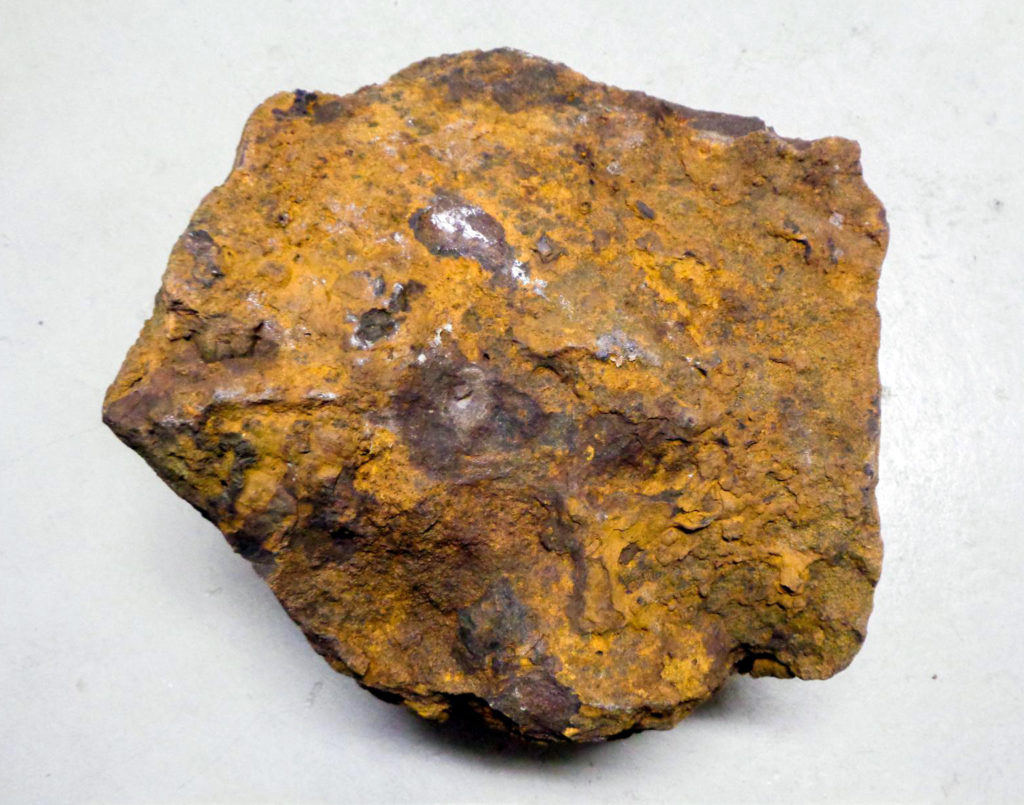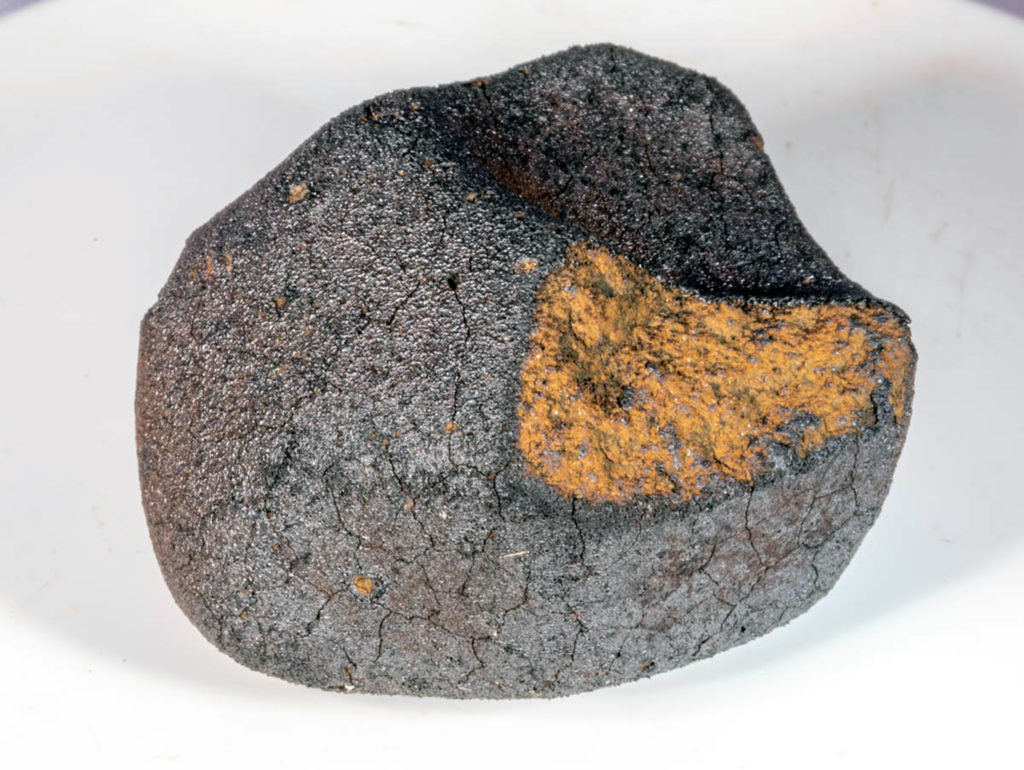A small core in Vesta inferred from Dawn’s observationsOPEN ACCESS
R. S. Park, A. I. Ermakov, A. S. Konopliv, A. T. Vaughan, N. Rambaux, B. G. Bills, J. C. Castillo-Rogez, R. R. Fu, S. A. Jacobson, S. T. Stewart & M. J. Toplis
Nature Astronomy, Published: 23 April 2025
LINK (OPEN ACCESS)
PDF (OPEN ACCESS)
“Vesta’s large-scale interior structure had previously been constrained primarily using the gravity and shape data from the Dawn mission. However, these data alone still allow a wide range of possibilities for the differentiation state of the body. The moment of inertia is arguably the most diagnostic parameter related to the radial density distribution of a planetary body, making it crucial for assessing the body’s state of internal differentiation. Determining the moment of inertia requires additional measurements of the amplitudes of small rotational motions, such as precession and nutation. Here we report an updated estimate of the moment of inertia of Vesta inferred from Dawn’s Doppler tracking via the Deep Space Network and onboard imaging data. The recovered value for Vesta’s normalized polar moment of inertia is C/MR2 = 0.4208 ± 0.0047 (where M is the mass of Vesta and R is the reference radius), which is only 6.6% lower than the homogeneous value of 0.4505. This value, combined with the gravity field and global shape, suggests that Vesta’s interior has limited density stratification beneath its howardite–eucrite–diogenite-dominated crust. We propose two possible origin scenarios that are consistent with the observed constraints. In the first scenario, Vesta’s interior did not undergo full differentiation due to late accretion. In the second scenario, Vesta originated as an impact remnant of a larger differentiated body re-accreted with non-chondritic bulk composition produced from a catastrophic impact. Vesta did not experience complete differentiation in either scenario, suggesting that its current state reflects a complex interplay between its accretion timing, thermal evolution, redistribution of 26Al bearing melt and/or impact processes.”
































